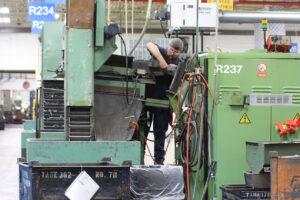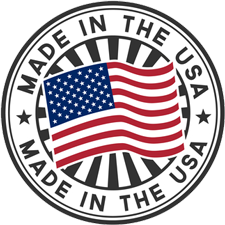What is Lean Manufacturing and Why Does it Matter?
The concept of lean manufacturing is, arguably, centuries old. Some say it dates back to Shigeo Shingo and Taiichi Ohno and the Toyota Production System. In the late 1980s and 1990s, TPS became lean manufacturing. The term was first coined by quality engineer John Krafcik in 1988.
In a world that is increasingly considered with excess waste and waste management, lean manufacturing remains an important concept today. So what exactly is it?

Lean manufacturing involves streamlining processes and procedures with the goal of eliminating waste. Below is a list of the 8 wastes of lean manufacturing, including their advantages and disadvantages.
Unnecessary transportation:
This includes excess transport within a facility. Benefits of eliminating unnecessary transit include: reduced pollution & faster processes.
Excess inventory:
In a global economy increasingly under supply chain stresses & disruption, this aspect of lean manufacturing may be least relevant. It is important that companies think about their specific industry, lead times, and potential disruptions when regulating inventory.
Unnecessary movement of people, equipment or machinery:
This is a subset of unnecessary transportation and provides the benefit of less wasted time, money, and energy.
Waiting on people or idle equipment:
Time is money, so it makes sense that waiting on idle equipment isn’t good. That being said, some things take time and it is important not to rush processes simply to go faster.
Over-production of a product:
As with excess inventory, this waste-reduction tactic has fallen somewhat out of favor due to supply chain concerns.
Over processing or adding unnecessary features to a product:
Here, the benefit would be cost effectiveness. However, when a company is constantly trying to only produce the bare minimum on a product, this can dampen the drive to innovate and create.
Defects that require costly correction:
There is probably no benefit to a defect in a product. Some amount of scrap and cost of poor quality in products is inevitable, but it is essential that companies mitigate this with strong quality processes and well-trained team members.
Unused talent & ingenuity:
Sometimes, we talk about this as “having the right people in the right seats.” Another way to think of it is that every team member is an expert at what they do. Companies should value their experts and rely on them for innovation.



Other methods, such Six Sigma, also focus on the elimination of waste in manufacturing processes. Waste reduction is a key pillar of continuous innovation. It is something all companies should strive toward.


